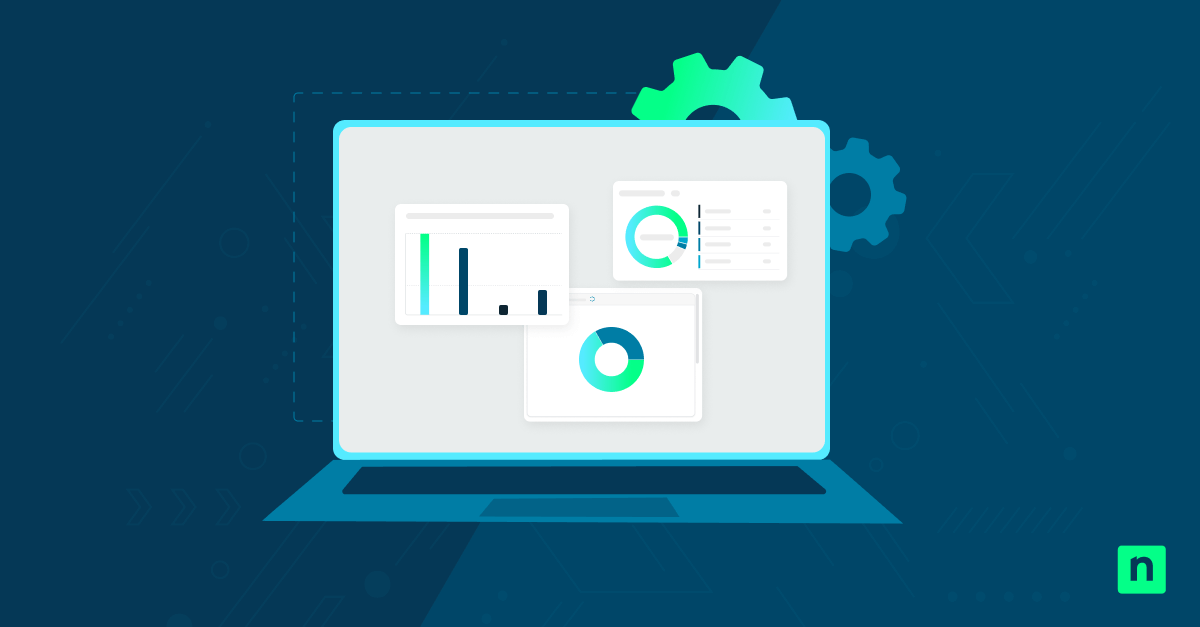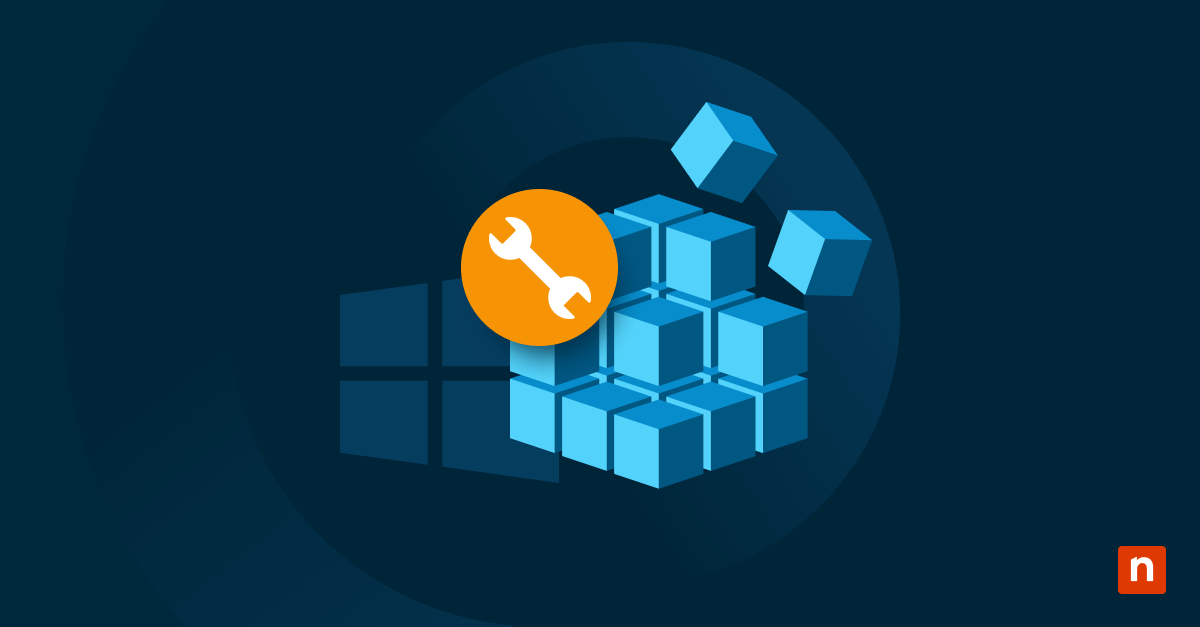Why is budgeting important for IT departments? IT budgeting plays a vital role in the success of modern organizations. By carefully planning and allocating resources, you can make sure that your IT department supports business objectives while managing costs effectively. This article provides tips on best practices for IT budgeting.
The strategic importance of IT budgeting
IT budgeting is more than just a financial exercise. It’s a strategic process that helps you align technology investments with your organization’s goals. A well-planned IT budget allows you to:
- Prioritize projects and initiatives that deliver the most value.
- Control costs and prevent overspending.
- Establish adequate funding for essential IT services and infrastructure.
- Plan for future technology needs and innovations.
Taking a strategic approach to IT budgeting can positively transform your IT department from a cost center into a value-driven business partner. This shift in perspective helps justify IT expenses and demonstrates the tangible benefits of technology investments to stakeholders across the organization.
Aligning IT budgets with business goals
To create an effective IT budget, you must first understand your organization’s overall business objectives. Start by talking with business leaders to identify key priorities and challenges. Then, consider how technology can support these goals and address potential obstacles.
Some questions to consider during this alignment process include:
- What are the organization’s short-term and long-term strategic goals?
- How can technology enable or accelerate these objectives?
- What are the most pressing IT needs to support business operations?
- Are there any compliance or security requirements that need addressing?
These questions can help you develop an IT budget that directly supports your organization’s mission and vision. This alignment helps justify IT expenses and guarantees that every dollar spent contributes to tangible business outcomes.
Customizing IT budget templates for different needs
IT budget templates can streamline the budgeting process and promote consistency year over year. However, it’s important to customize your template to fit your organization’s unique needs.
IT budget templates for small vs. large IT departments
Smaller IT departments may benefit from simpler templates that focus on core expenses such as hardware, software, and support services. Larger organizations might need more complex templates that account for multiple cost centers, projects, and IT services.
Regardless of size, your IT budget template should include categories for:
- Capital expenses (CapEx)
- Operational expenses (OpEx)
- Personnel costs
- Software licenses and subscriptions
- Hardware purchases and leases
- Cloud services
- Maintenance and support
- Training and development
Incorporating flexibility for unexpected changes
The technology landscape is constantly evolving and your IT budget should be flexible enough to adapt to changes. Build in contingency funds for unexpected expenses or opportunities. Consider using a rolling budget strategy, where you regularly update your budget forecasts based on actual spending and changing business needs.
Tracking expenses against budget
Your IT budget template should include a way to track actual expenses against budgeted amounts. This allows you to identify variances early and make necessary adjustments. Consider using color-coding or automated alerts to highlight areas where spending is nearing or exceeding budget limits.
Optimizing IT spend for maximum ROI
Effective IT budgeting isn’t just about controlling costs — it’s about maximizing the return on your technology investments. Here are some strategies to optimize your IT spend:
Investing in cost-effective technologies
Look for technologies that can deliver significant value while keeping costs in check. This might include:
- Cloud services that offer scalability and reduce upfront infrastructure costs.
- Automation tools that improve efficiency and reduce manual labor.
- Open-source solutions that provide robust functionality without licensing fees.
When evaluating new technologies, consider both the immediate costs and the long-term total cost of ownership (TCO).
Reducing waste through efficient resource allocation
Regularly review your IT resources to identify areas of waste or inefficiency. This might involve:
- Consolidating redundant systems or applications
- Optimizing cloud resource usage to avoid over-provisioning
- Implementing better asset management practices to extend the life of hardware
Regularly reviewing and adjusting budget allocations
IT budgeting is an ongoing process. Schedule periodic reviews — quarterly, for instance — to assess your budget performance and make necessary adjustments. This allows you to reallocate funds from underperforming areas to initiatives that deliver more value.
IT budgeting best practices for planning
To create and manage an effective IT budget, consider the following IT budgeting best practices:
Involving key stakeholders in the budgeting process
IT budgeting shouldn’t happen in isolation. Involve key stakeholders from across the organization, including:
- Business unit leaders
- Finance department representatives
- Senior management
- End-users or their representatives
This strategy assures that the IT budget aligns with broader business needs and helps build buy-in for technology investments.
Maintaining transparency and accountability
Create clear lines of responsibility for different aspects of the IT budget. Assign budget owners for specific categories or projects and hold them accountable for managing their allocated funds. Regularly communicate budget performance to stakeholders to maintain transparency and trust.
Utilizing financial tools for better budget management
Use financial management tools and software to streamline your IT budgeting process. These tools can help you:
- Create detailed budget forecasts.
- Track expenses in real time.
- Generate reports and visualizations for better decision-making.
- Perform “what-if” analyses to evaluate different budget scenarios.
Benefits of effective IT budgeting
Implementing a robust IT budgeting process offers numerous benefits for your organization:
- Improved financial control: By carefully planning and tracking IT expenses, you can avoid cost overruns and verify that technology spending aligns with overall financial goals.
- Better resource allocation: A well-planned IT budget helps you prioritize initiatives and allocate resources to areas that deliver the most value.
- Enhanced decision-making: With a clear understanding of your IT costs and investments, you can make more informed decisions about technology purchases and projects.
- Increased credibility: A detailed and well-managed IT budget demonstrates fiscal responsibility and can help build trust with senior management and other stakeholders.
- Proactive planning: IT budgeting forces you to think ahead and plan for future technology needs, reducing the risk of unexpected expenses or technological obsolescence.
- Alignment with business strategy: By tying IT expenses to specific business objectives, you can secure technology investments that directly support organizational goals.
- Cost optimization: Regular budget reviews and adjustments help identify areas for cost savings and efficiency improvements.
- Risk management: Proper IT budgeting allows you to allocate funds for essential security measures and compliance requirements, reducing technology-related risks.
Follow these tips and best practices for IT budgeting to create a financial roadmap that supports your organization’s technology needs while maximizing the value of your IT investments. Remember that IT budgeting is an ongoing process that requires regular attention and refinement. As you gain experience and gather more data, you’ll be able to refine your budgeting strategy and make increasingly accurate forecasts.
To further enhance your IT budgeting efforts and streamline your IT management, consider NinjaOne. Our unified IT management solution can help you optimize operations and make the most of your budgeted resources.
Interested in making a business case for NinjaOne? Check out our “Making the Case for Unified IT Management” Toolkit. This comprehensive resource includes executive briefs, a readiness checklist, a presentation deck, and an ROI calculator to demonstrate NinjaOne’s potential impact on your organization.
Start your free trial today and see how NinjaOne can support your IT budgeting and cost management initiatives.







